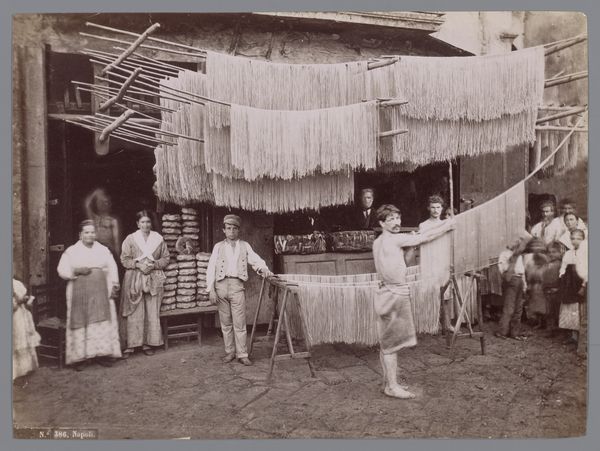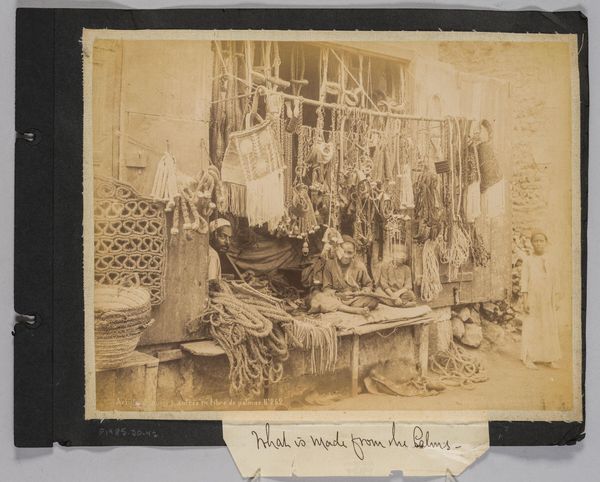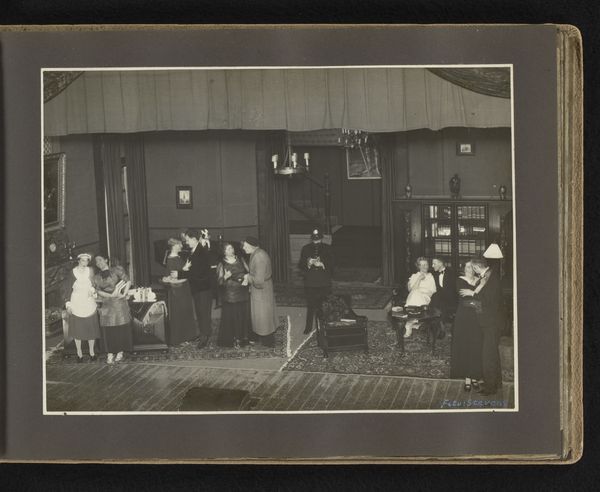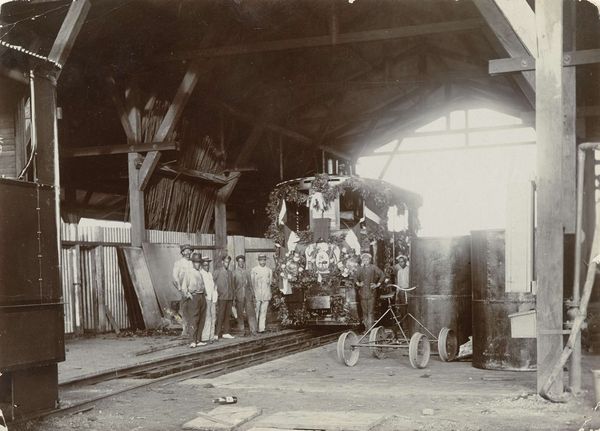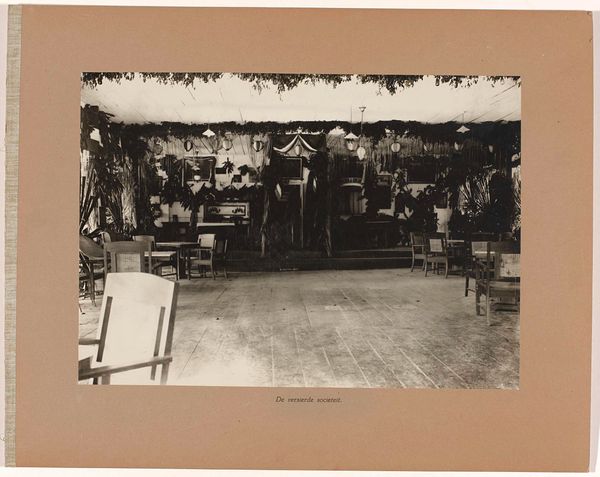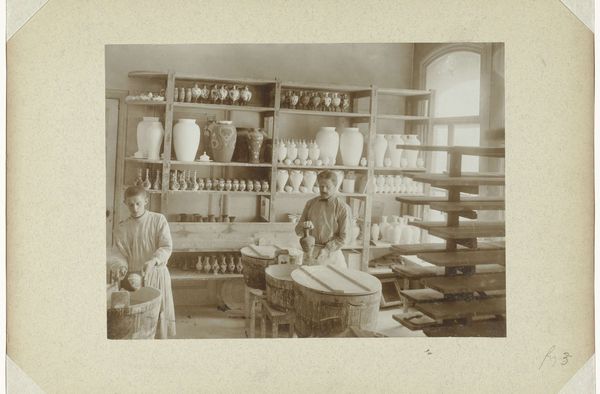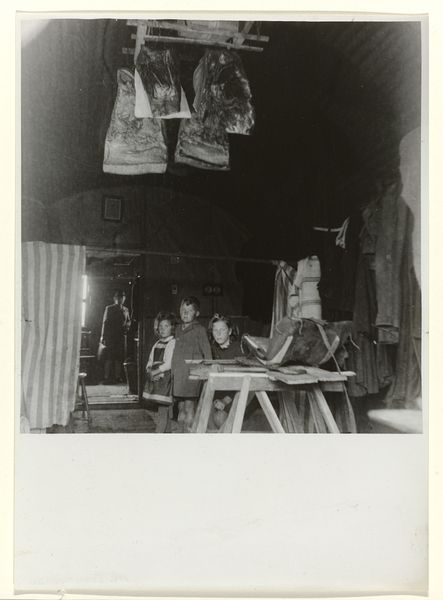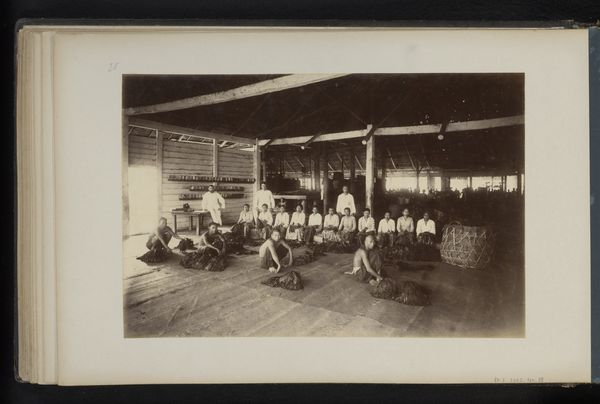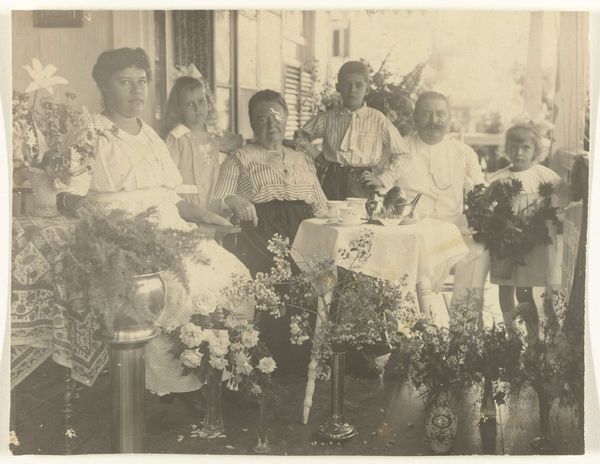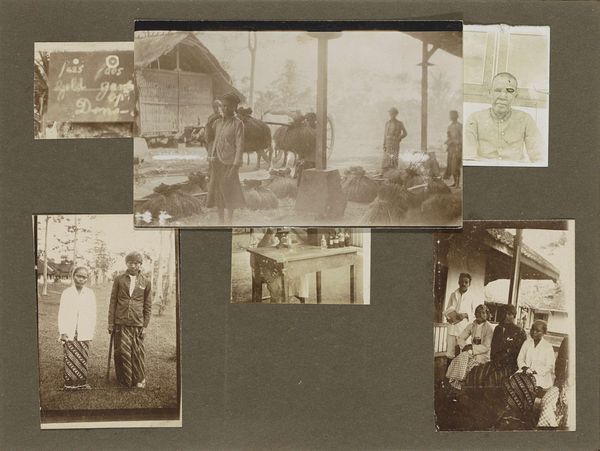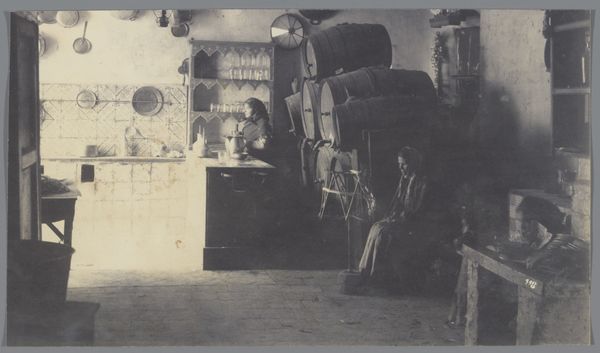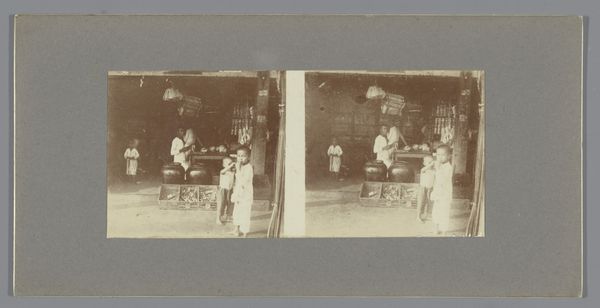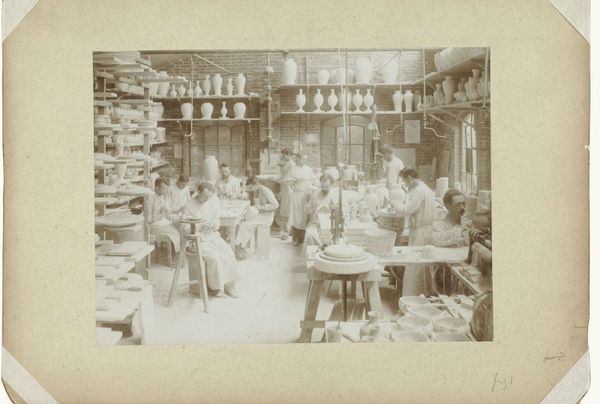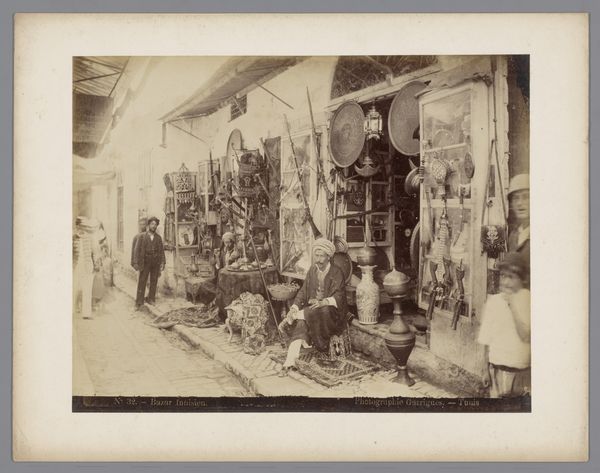
photography
#
portrait
#
african-art
#
archive photography
#
photography
#
historical fashion
#
genre-painting
Dimensions: height 78 mm, width 100 mm
Copyright: Rijks Museum: Open Domain
Curator: Looking at this image, I immediately sense a quiet power emanating from these women. Their faces, despite the historical distance, feel incredibly present. Editor: Indeed. This is a photograph titled "Group of Javanese Women in Suriname," dating from between 1925 and 1927. The details of its origin remain anonymous, so to speak. The photography presents a poignant glimpse into the lives of this community. It also demonstrates that African Art had a bigger influence that many know of. Curator: It's like peering through time. I’m struck by their attire—the intricate patterns of their sarongs contrasting with the relative simplicity of their upper garments. And then there’s the child, nestled amongst the women. There are traditional drums, aren't there? All very intriguing! Editor: It speaks volumes about adaptation, resilience, and the preservation of cultural identity. These women, displaced and transplanted, have forged a community that obviously carries its ancestral practices with them. What could you tell me about genre-painting in terms of social relevance? Curator: That's exactly where the strength of the work lies! The act of photographing itself carries the baggage of the colonial gaze and highlights the public role of imagery at the time. Think about who commissioned and controlled this, in relation to the work these people have performed and continue performing. What is fashion in the grander historical narrative that continues to develop? Editor: Good point! And, as an artist, that context, and the constraints, the very framing – it's something to build upon! The photograph allows us to recognize an evolving story that persists to this day. Curator: Yes, in recognizing that there’s an ethical responsibility not just to observe but to understand and give due credit. Editor: Definitely. The light of their skin glows. Curator: Seeing this through both a historical and artistic lens makes me question how we record history, whose stories get told, and whose are conveniently left out. Editor: A picture of resistance! An important point indeed to remember that it reflects continuity as well as strength that remains vibrant to this day.
Comments
No comments
Be the first to comment and join the conversation on the ultimate creative platform.
